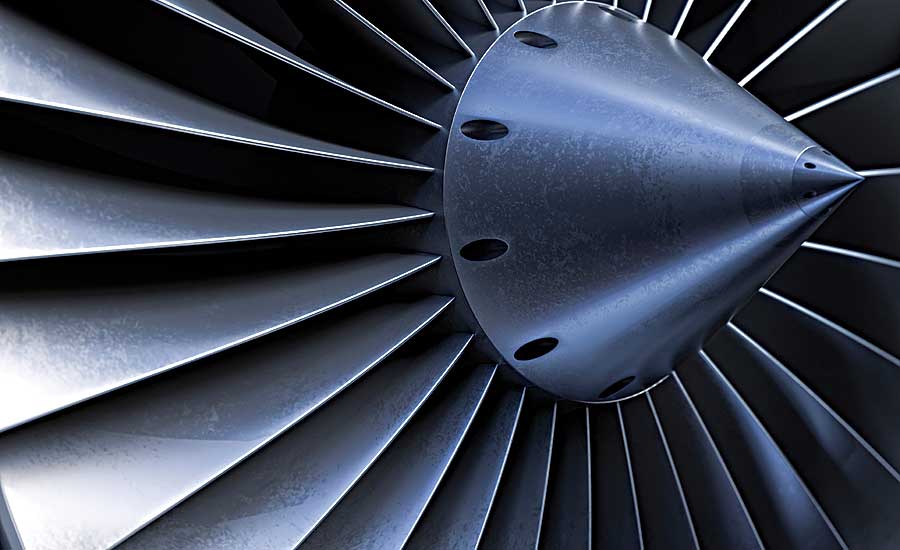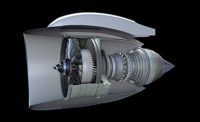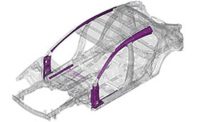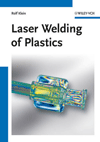MALIBU, CA—Engineers at HRL Laboratories LLC here recently developed a method to print metal matrix composite (MMC) parts. The nanofunctionalization process enables a geometric freedom to design parts that were not possible before.
The engineers printed a material that is 20 percent stronger and two times more durable than traditional MMCs. An MMC is a composite material that consists of metal and another metal or ceramic and organic compounds. The lightweight materials, which feature high strength and stiffness, are popular for aerospace applications.
“The final MMC has unique properties contributed by each constituent material, making them desirable for specialized, high-performance applications, such as brake disks and turbine blades,” says Hunter Martin, an applications engineer at HRL who worked on the project.
“Although additive manufacturing enables parts to be made accurately with very complex geometries, little research has been done on ways to additively manufacture MMCs,” claims Martin.
“[Our] nanofunctionalization method of seeding feedstock with nanoparticles to control solidification enables MMCs of any combination of elements to be printed on any appropriate additive manufacturing equipment,” explains Martin. “This material-agnostic and equipment-agnostic printability opens a completely new avenue of geometric design to these sought-after materials.
“We used one specific alloy,” adds Martin. “However, our nanofunctionalization approach now has been proved to be viable for MMCs. This means it could be used on other systems with different base alloy constituents and nanoparticles to 3D print parts made of existing MMCs, as well as trying new MMCs.”






